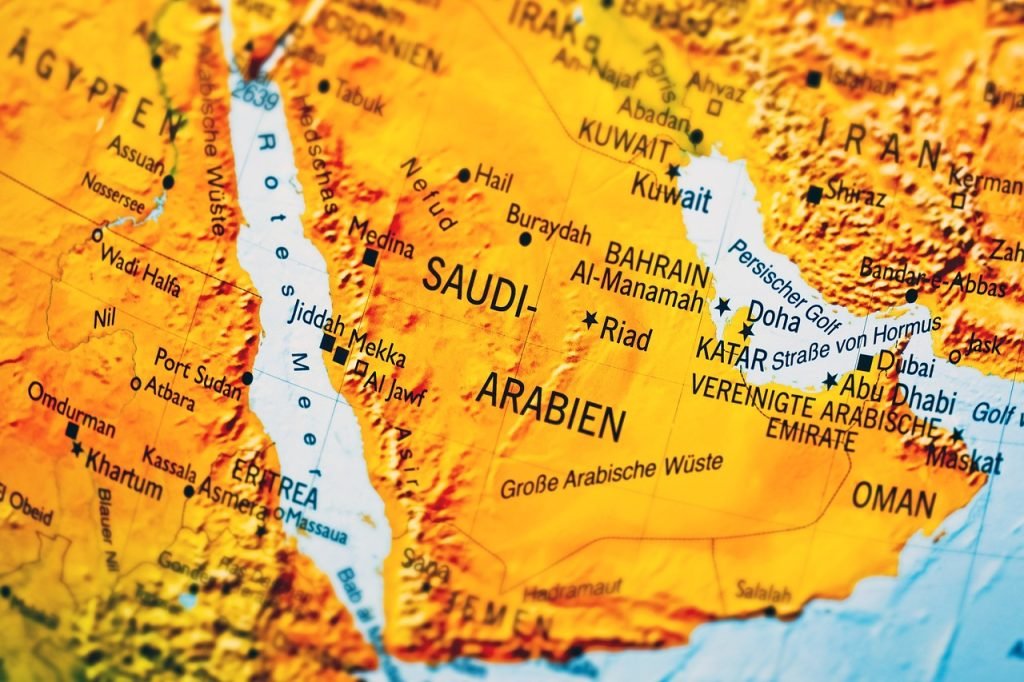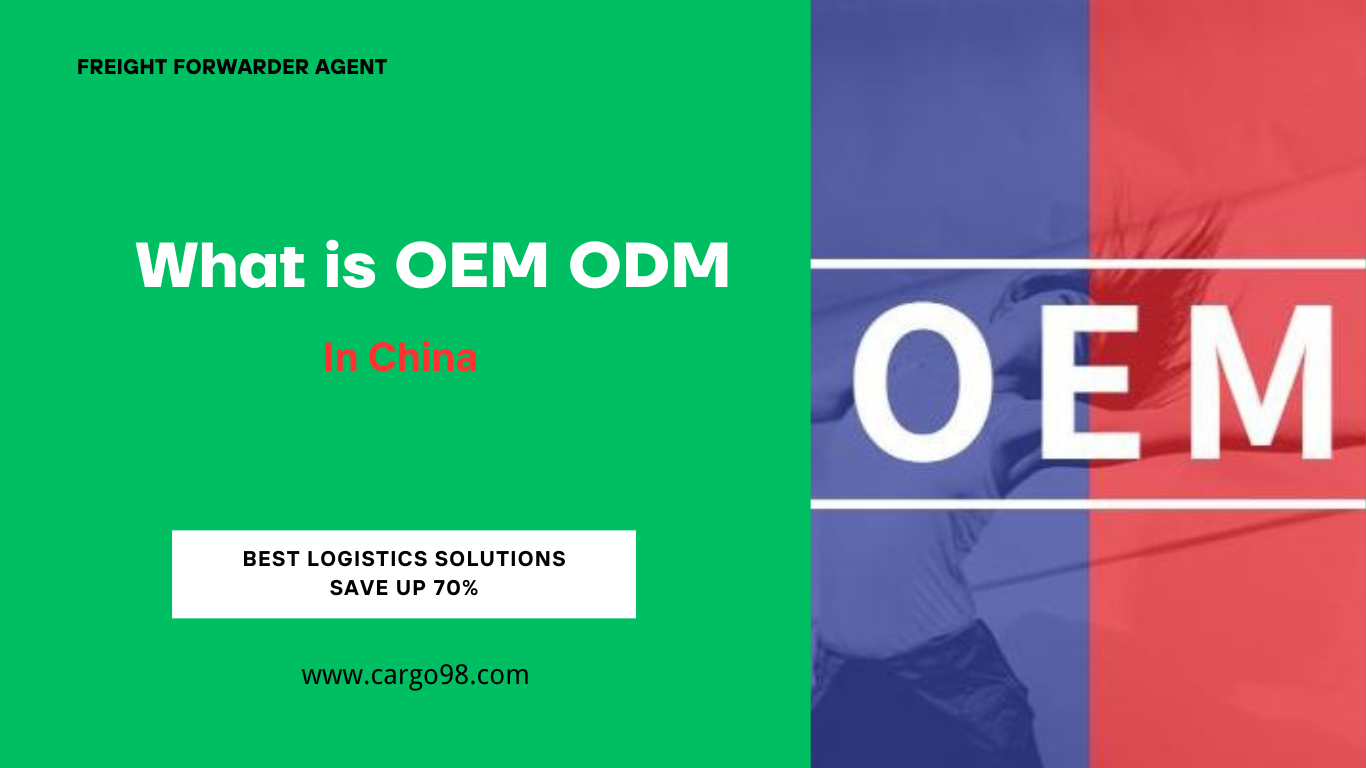The Red Sea Crisis intensifies global supply chain pressure, and sea shipping costs soar to $10000
Due to the risk of attacks by the Houser armed forces, shipping companies including Maersk continue to bypass the Red Sea, and global logistics managers are facing a dual storm of rising sea and air freight prices and cargo detention. After three years of inflation pressure and delays caused by the COVID-19 epidemic, the global supply chain seems to have just begun to recover, but now it is threatened again.
Due to more ships bypassing the Red Sea, the upper limit of sea freight prices skyrocketed within a few hours
The logistics manager was quoted this morning that the sea freight cost for a 40 foot container from Shanghai to the UK is $10000. Last week, the cost of a 20 foot container was $1900, while a 40 foot container was $2400. The current quoted truck freight rates in the Middle East are more than twice as high as before.
Due to the efforts of shipping companies to recoup the increased costs of detours, pricing is rapidly adjusting, but these significant rate jumps need clarification as importers and exporters, government regulatory agencies are trying to better understand the overall drivers of these significant increases.
During the COVID-19 epidemic, we experienced a slow rise in sea freight prices, which was due to the impact of the epidemic on the global supply chain,But this Red Sea crisis happened instantly, and most ships are re navigating in real time. However, on certain trade routes, you can see a 100% to 300% increase in shipping costs. This does not seem to be entirely driven by changes in supply and demand.
158 ships diverted from the Red Sea, involving a total trade volume of 105 billion US dollars
As of Thursday morning (December 21), a total of 158 ships were diverting around the Red Sea, carrying over 2.1 million containers. It is estimated that each container is worth approximately $50000, with a total value of $105 billion for these containers.
There is currently no indication of an end to these attacks in the short term.
IKEA is one of the companies that indicates that trade diversion will affect product supply. IKEA stated that although the company does not own any container ships, it is working with transportation partners to manage freight and ensure the safety of personnel in the IKEA value chain.

An IKEA spokesperson said, “What we can currently share is that the situation with the Suez Canal will lead to delays and may limit the availability of certain IKEA products. This is our main priority. At the same time, we are evaluating other supply options to ensure the availability of our products and will continue to closely monitor the future situation.”
French dairy and plant-based product company Danone has questioned reports of its supply chain being affected, with a spokesperson stating: “Danone’s activities have not yet reported significant short-term impacts. We are closely monitoring the situation with suppliers and partners and will not make further comments.”.
It is understood that the shipping routes of ships on global waterways are called “strings”, and containers from all over the world may be on the same ship as ships visit different ports on their routes. Due to diversion causing delays on the vessel, it means that all shippers from multiple countries who have cargo on board or are waiting for the vessel to pick up containers will face delays.
Although logistics managers are unable to control the containers currently on diverted vessels, they can control stranded containers that have not been extracted at ports in Europe or the Middle East, as well as import containers ready to be loaded onto vessels in Asia.
Response plan for stranded goods
The CEOs of several major logistics companies around the world have stated that they are currently handling these goods. For goods considered to be “stranded” in Europe or the Middle East, they are considering air freight as a possible solution for selective products. Shippers in the United States are also evaluating alternative trade routes such as crossing the Pacific to the West Coast, and even the Panama Canal, to connect ports in the Gulf of Mexico and the East Coast. Decisions depend on the analysis of transportation time and freight costs.
Ports like Dubai and Aqaba are under review as potential Middle Eastern alternatives.
In the logistics industry, flexible response is the key to maintaining trade circulation. Shipping companies including Maersk, Mediterranean Shipping, and Hapag Lloyd have invested in their logistics supply chain management and collaborated with other logistics companies to better control the fate of their customers’ containers and respond quickly to crises.
Maersk has over 20 aircraft that regularly operate global flights and, like other carriers, can place cargo in the cargo hold space of major airlines. In addition, there is also the ability to transport goods by railway.
It is understood that smaller supply ships will be deployed to extract these containers for cargo at ports where redirected ships cannot dock, and these ships will then proceed to larger ports. After arriving there, the containers will be loaded onto container ships with greater transportation capacity to continue longer sea journeys.
In order to assist customers in deciding which shipping routes to use, OL USA provides a map that displays delays on future sea routes for orders.
Skyrocketing air freight prices
American shippers have multiple sea route options, but European shippers do not have such diversity. Europe heavily relies on the Suez Canal. Due to the longer route diversion compared to the United States, European shippers are considering using air freight to transport their products.
Although the Freightos air freight index daily rates from China to Nordic countries have been decreasing since the end of November last year, the trend towards air freight this week has driven up air freight prices.
Since the shipping company widely announced a change of route, prices this week have increased by 13% from $3.95 per kilogram to $4.45 per kilogram, which may reflect an increase in freight demand shifting from sea freight to air freight.

The impact of the Red Sea on the global supply chain depends on the duration of the diversion.
Every day, this situation intensifies, first in Europe, then on the East Coast of the United States, and you will start to see more shifts from sea freight to air freight. Firstly, high-value goods such as consumer electronics, high-value consumer goods, and fashionable clothing. This is because a longer lead time will increase inventory costs and operating capital, which proves that the higher cost of faster delivery of goods is reasonable.
Shipping company HMM said, “Given the complexity of the current situation, HMM faces the decision to implement an uncertain waiting period or explore alternative routes with additional costs.”
Global Inflation Warning
The sudden increase in shipping costs and its inflationary impact also depend on the duration of vessel diversion and the length of time for shippers to pay higher shipping fees. The CEOs of logistics companies have stated that once the timeline reaches one month, inflationary pressures in the supply chain will begin to emerge and ultimately affect consumers.
As the world’s largest shipping company, Mediterranean Shipping Company (MSC) is the first shipping company to increase the freight rate from India to the East Coast of the United States (USEC) by 30-40%.
Many people believe that the freight cost from India to the East Coast of the United States has risen from approximately $2000 per 40 foot container to $7000 in just 30 days, and this jump seems excessive. Is this rate increase really the level necessary to restore costs, or are they just taking advantage of the unfortunate situation in the global community?
Shippers need stable pricing and a vibrant economy to stimulate demand. MSC responded to comments regarding its rate increase. Traditionally, shipping companies do not extend the information in advisory notices issued to clients.
In addition, the CEO of logistics companies has stated that they hope to gain more transparency in cost increases, as shipping companies are no longer paying $500000 to $600000 in tolls through the Suez Canal, but are increasing freight rates.
Retailers from the American Association of Clothing and Footwear (AAFA) are closely monitoring the situation in the Red Sea, as safe and affordable transportation is crucial due to 98% of clothing imports. Members have been forced to change the route of goods and face additional costs. AAFA CEO Steve Lamar said
He mentioned the 2021 Suez Canal blockage as an example, demonstrating that any interruption in trade channels would have a direct impact on goods delivery and costs.
Jon Gold, Vice President of Supply Chain and Customs Policy at the National Retail Federation, stated that its members continue to collaborate with shipping partners to address the ongoing conditions of the Red Sea and Suez Canal. “These interruptions have increased retailers’ transportation time by two weeks or more, leading to an increase in shipping costs. As the supply chain begins to normalize again, the additional costs and delayed pressure may have a significant impact,” said Gold
The Ultimate Guide to Amazon FBA Sourcing Agent Service: Do You Really Need It?
Amazon FBA Sourcing Agent Service
what strategy would most help an ecommerce business drive traffic to their website
what strategy would most help an ecommerce business drive traffic to their website







